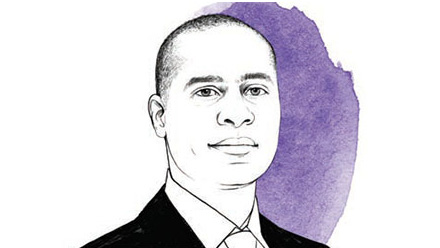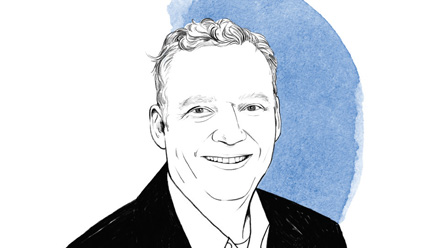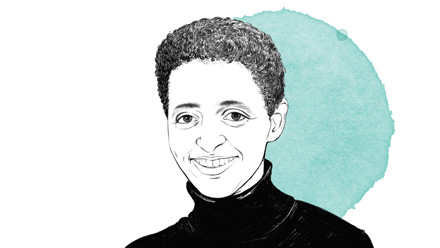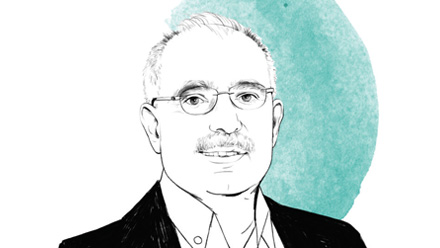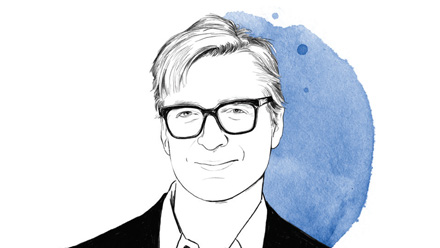
SUSTAINABLE ENERGY
The world of climate action will move strongly in the direction of post-fossil fuels by deploying and integrating strategies that mitigate greenhouse gas release and rapidly decarbonize our cities and our economy. These strategies will be based on the principles of ecology and will mimic how nature works. They’ll radically transform energy and resource use and efficiency, and aim for net-zero in terms of waste, carbon, water, and energy. They’ll also create cycles of material and energy use and reuse and, of course, be adapted to renewable energy. Despite having many of these technologies already available to us, we unfortunately do not seriously embrace this approach at the present time.
The amount of sunlight hitting the Earth’s surface in one hour exceeds the total energy that humans consume worldwide in one year. Over the next decade, solar-driven technologies and processes will fuel the reinvention of our cities.
Kay Davis Professor
Chair of Civil and Environmental Engineering


